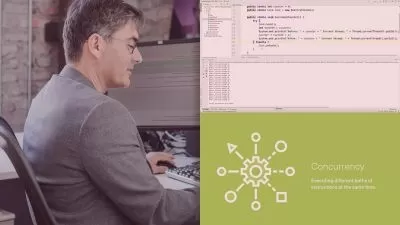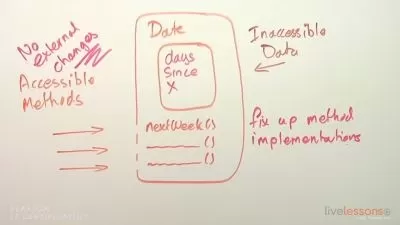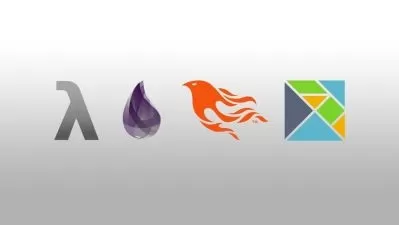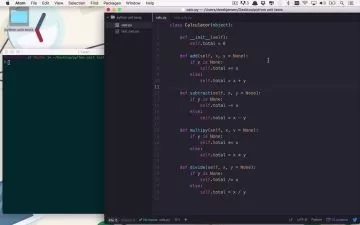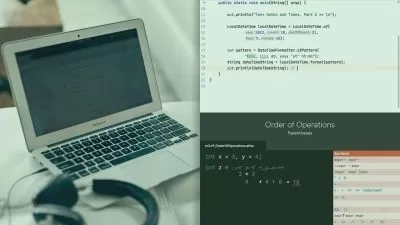Java SE 17 Best Practices
Andrejs Doronins
3:13:49
Description
Are you frustrated or slowed down by messy code? Make sure you don't write such code yourself! This course will teach you how to write clean, readable, and maintainable code that human beings can read and understand clearly.
What You'll Learn?
Most software is built to last a long time, and one of the key challenges is to keep technical debt at bay. Applying programming best practices is crucial to the long-term success of any software project. In this course, Java SE 17 Best Practices, you will gain the ability to write high-quality code that others will enjoy reading and working with. First, you will learn the importance of naming and how to choose great names for your classes, variables, and methods. Next, you will discover best practices for creating objects, implementing methods, and the multiple constructs that are involved. Then, you will explore higher-level practices of clean code that go beyond a single class. Finally, you will learn hands-on practical tips to write better automated tests. By the end of this course, you will have the necessary skills to write clean, readable, and maintainable code that human beings can read and understand clearly.
More details
User Reviews
Rating
Andrejs Doronins
Instructor's Courses
Pluralsight
View courses Pluralsight- language english
- Training sessions 93
- duration 3:13:49
- level advanced
- English subtitles has
- Release Date 2023/05/01






